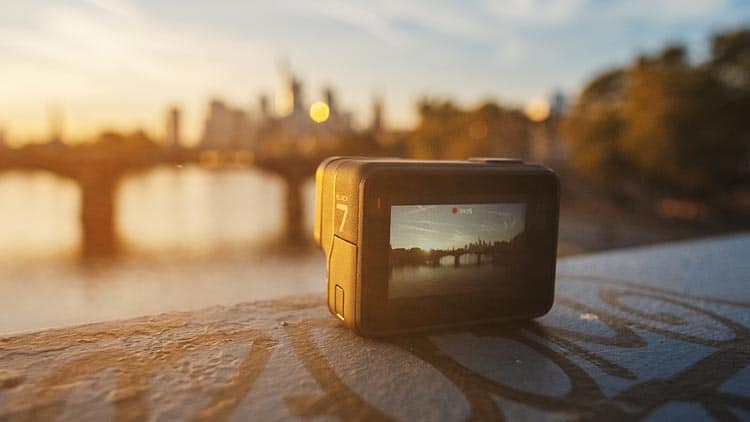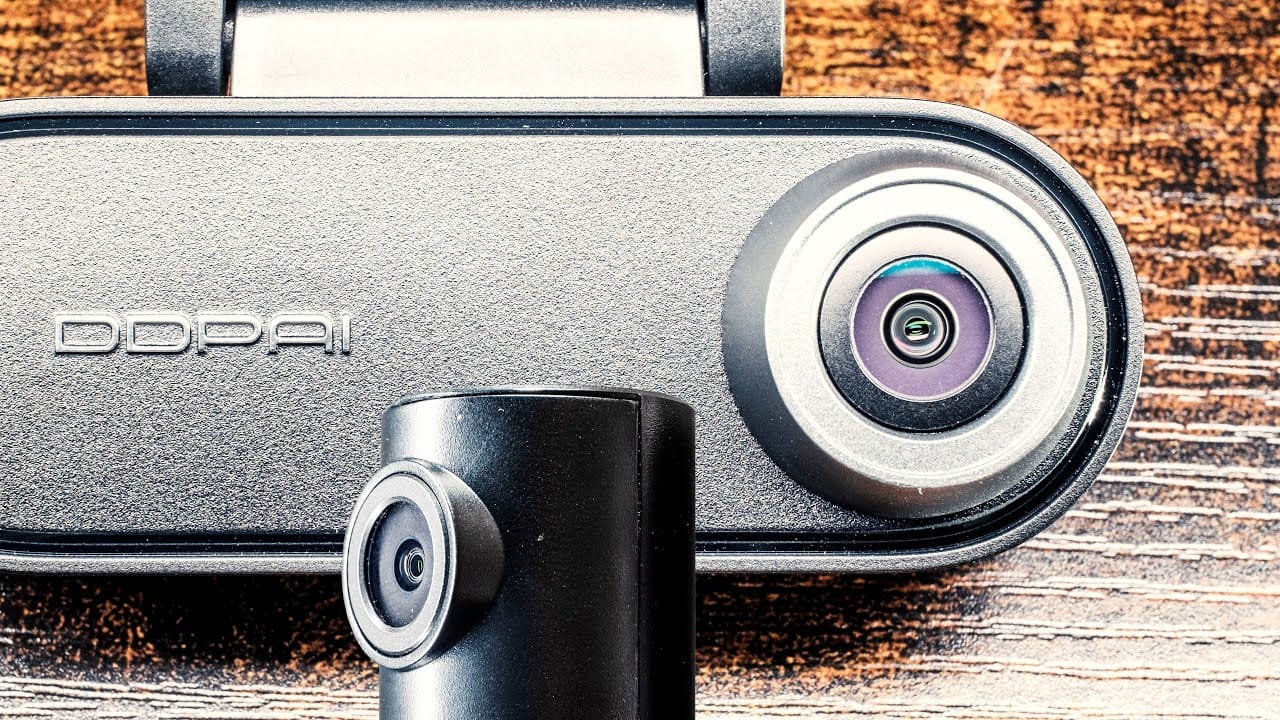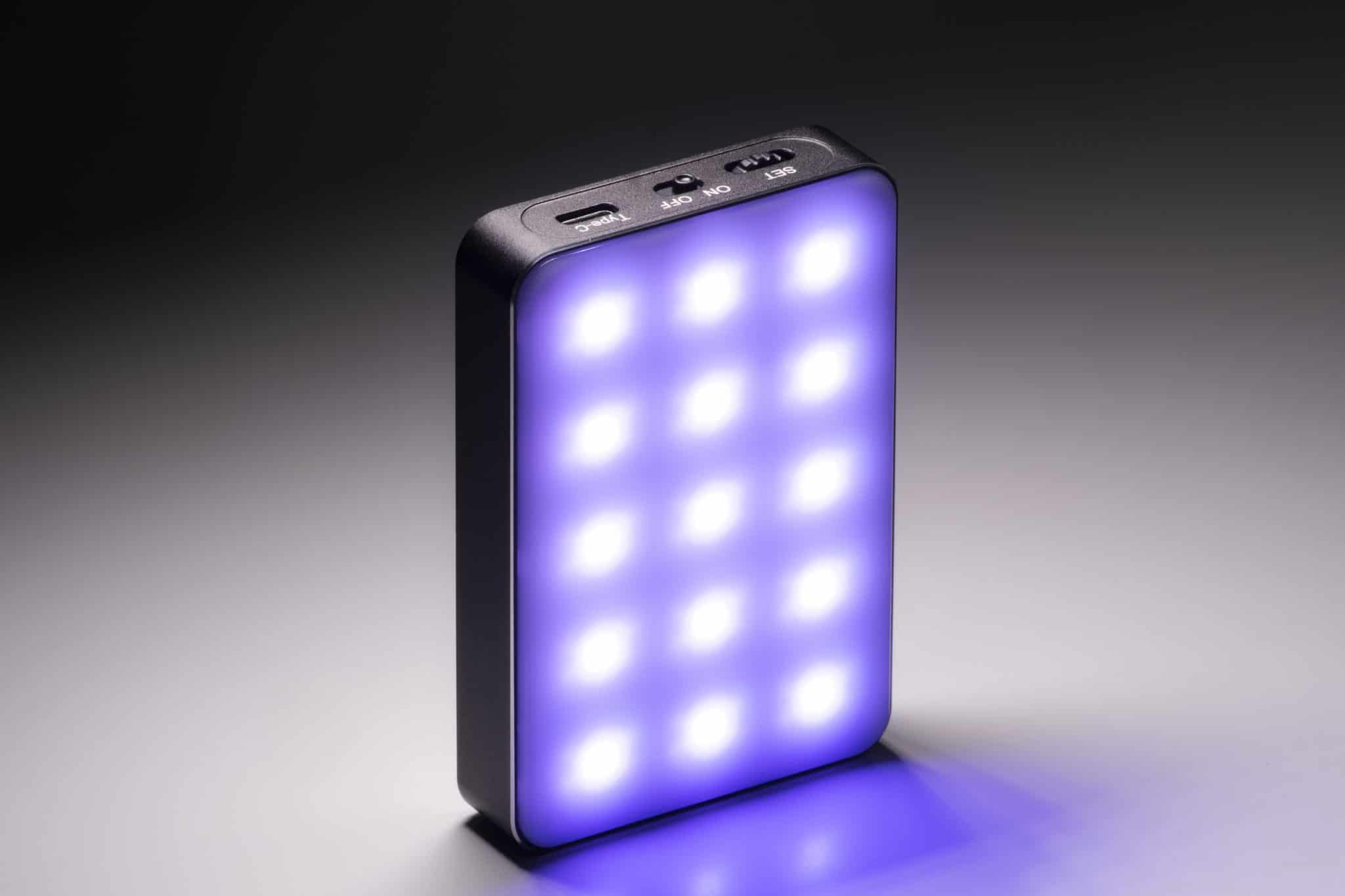Gimbals. They seem to be everywhere, even if they aren’t. Just look at GoPro’s latest action camera the Hero7. The company claims that this tiny 4K beast can shoot steady footage internally without the use of a gimbal. This is a pretty big claim so I decided to test the Hero7 Black edition.
You can watch the 8-minute video review or read the text below:
The Black edition has different stabilization modes depending on the video resolution and frame rate. When shooting 4K 25p and 30p the new HyperSmooth stabilization is available but when switching to 50 or 60 frames per second in 4K it switches to the regular stabilization which isn’t bad either. The video quality in daylight is great and there’s really nothing to complain about the image.
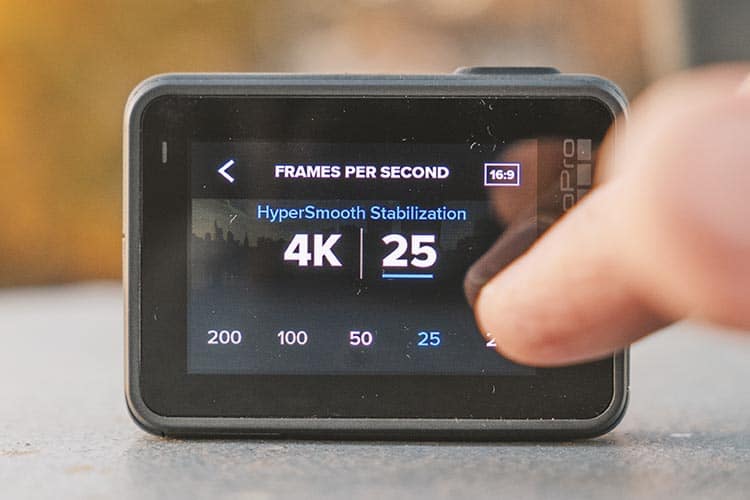
Impressive is not just the 4K resolution but also the high frame rates for example 240p in Full HD which later in post can be slowed down to create a proper slow motion effect. Although there is some aliasing visible it’s definitely useable and let’s not forget that this is a tiny camera with a tiny sensor.
One of the things I liked the most about the previous GoPro was the linear wide-angle mode which got rid of the typical fisheye look in-camera. This was only available in 2.7K resolution and that is still the case with the Hero7 which in 4K would have been a really great update. That means if you don’t like the round wide-angle look you still need to correct it in the edit when filming 4K.
Even though the Hero7 Black is supposed to be a gimbal killer it’s not really there yet which is especially noticeable when using the hyperlapse mode which is called TimeWarp Video. Even though it’s easy to setup and the results are good it’s definitely not HyperSmooth. Little bumps are still visible and except if you don’t have time to edit it’s not worth using the TimeWarp mode because it’s fully automatic and even the picture profile can’t be adjusted which results in an oversharped, high contrast video file. The better way to shoot a hyperlapse would be to just record real time video in 4K with HyperSmooth stabilization on and manual control over the settings. In post the footage can simply be sped up with the same stabilization results but better image quality. Putting the Hero7 on a gimbal should help to get those HyperSmooth shots.
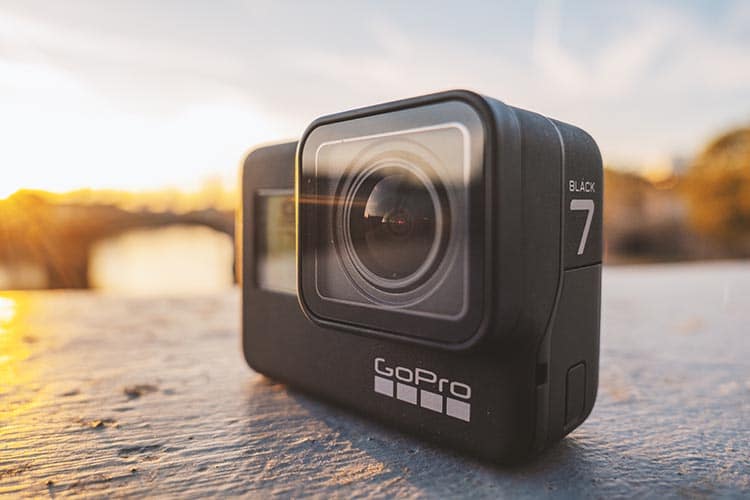
Besides the video mode the photo and timelapse modes are still very similar to the Hero6 but that doesn’t mean the results are not great.
Even though the camera has a lot of manual settings it’s not always an easy choice whether to go full auto or full manual depending on the shooting scenario. One thing to keep in mind is also that it can take a while to manually set up the camera especially compared to a mirrorless camera or DSLR because the GoPro has no settings buttons but only the digital interface on the screen to change ISO, white balance etc..
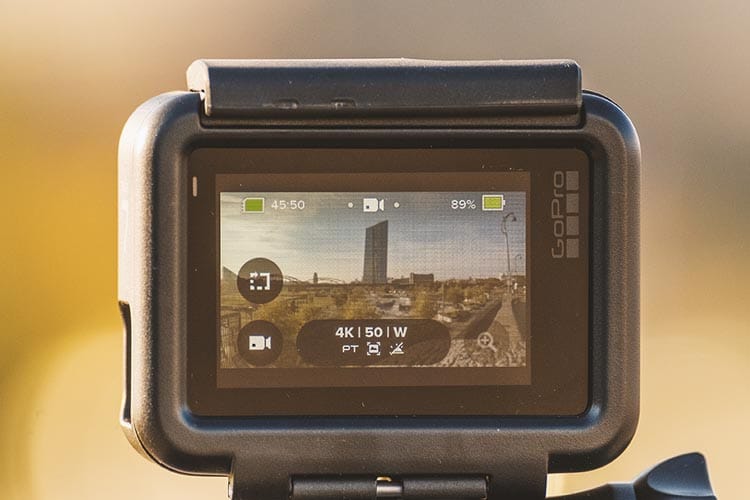
The touch screen works well as long as you know in which direction you have to swipe to open or close a setting or menu. Luckily the on/off button can also be used to switch between photo, video and timelapse mode by pressing it quickly. The brightness is very high which means for indoor shoots a brightness of 30% is enough and for outdoor shoots 70% unless it’s very sunny than it makes sense to go up to 100%. The battery life hugely depends on how bright the screen is so it’s hard to judge how long one battery charge actually lasts. For shooting timelapses with the screen off the camera can run for a couple of hours but when shooting 4K video with the screen on the whole time the battery can well be dead in less than an hour.
You can purchase the GoPro Hero7 Black from B&H Photo HERE!
Written by Moritz Janisch on November 29, 2018
